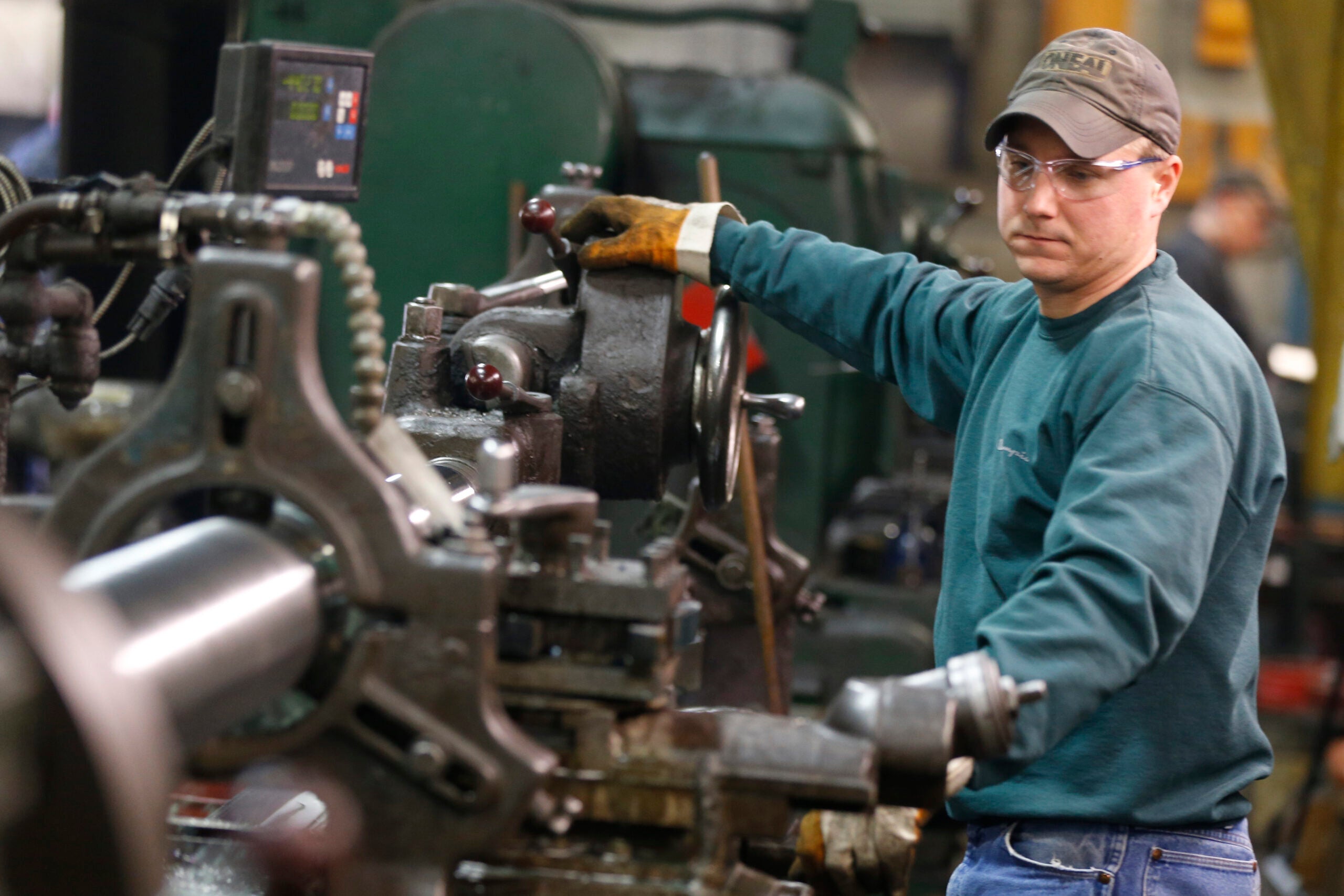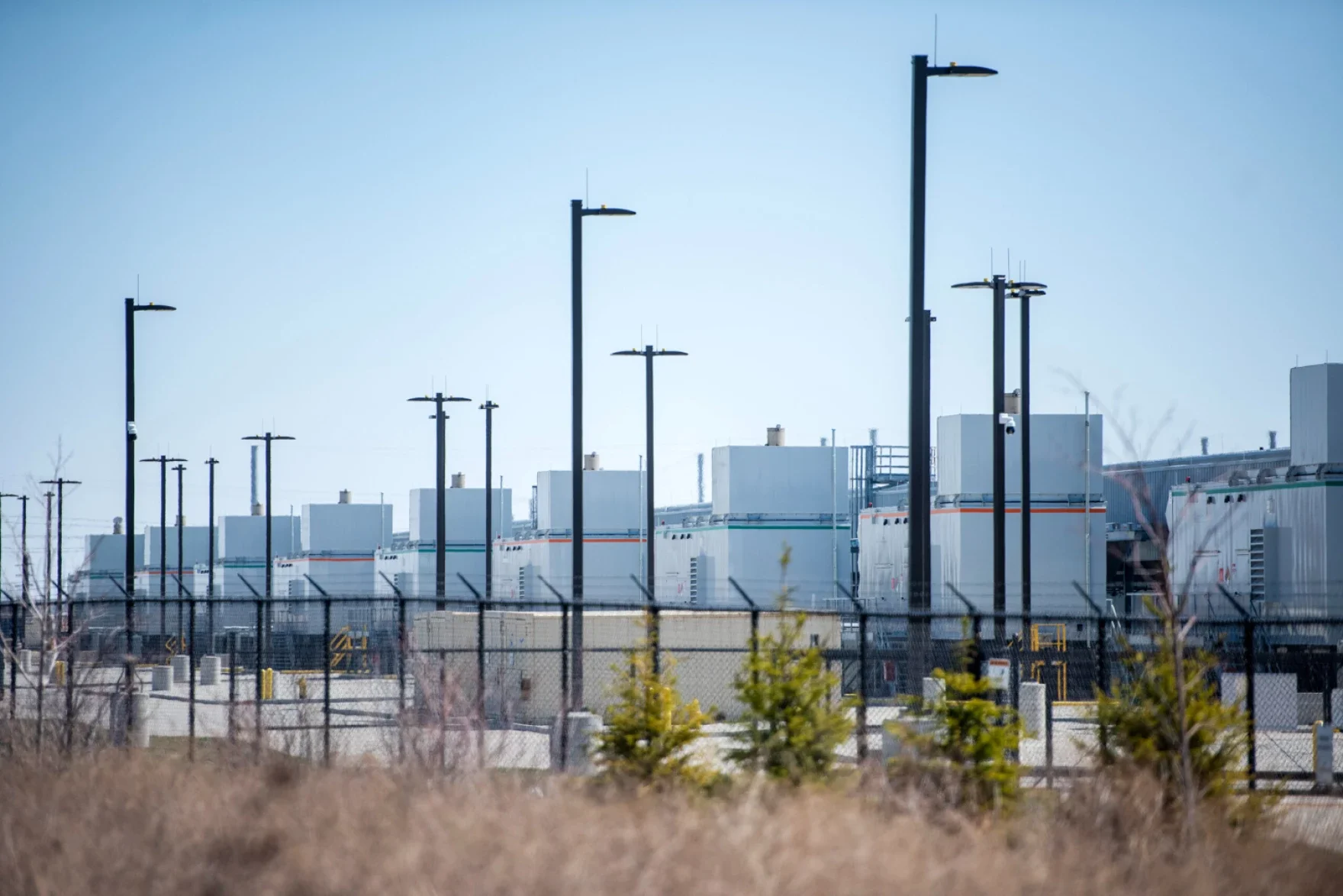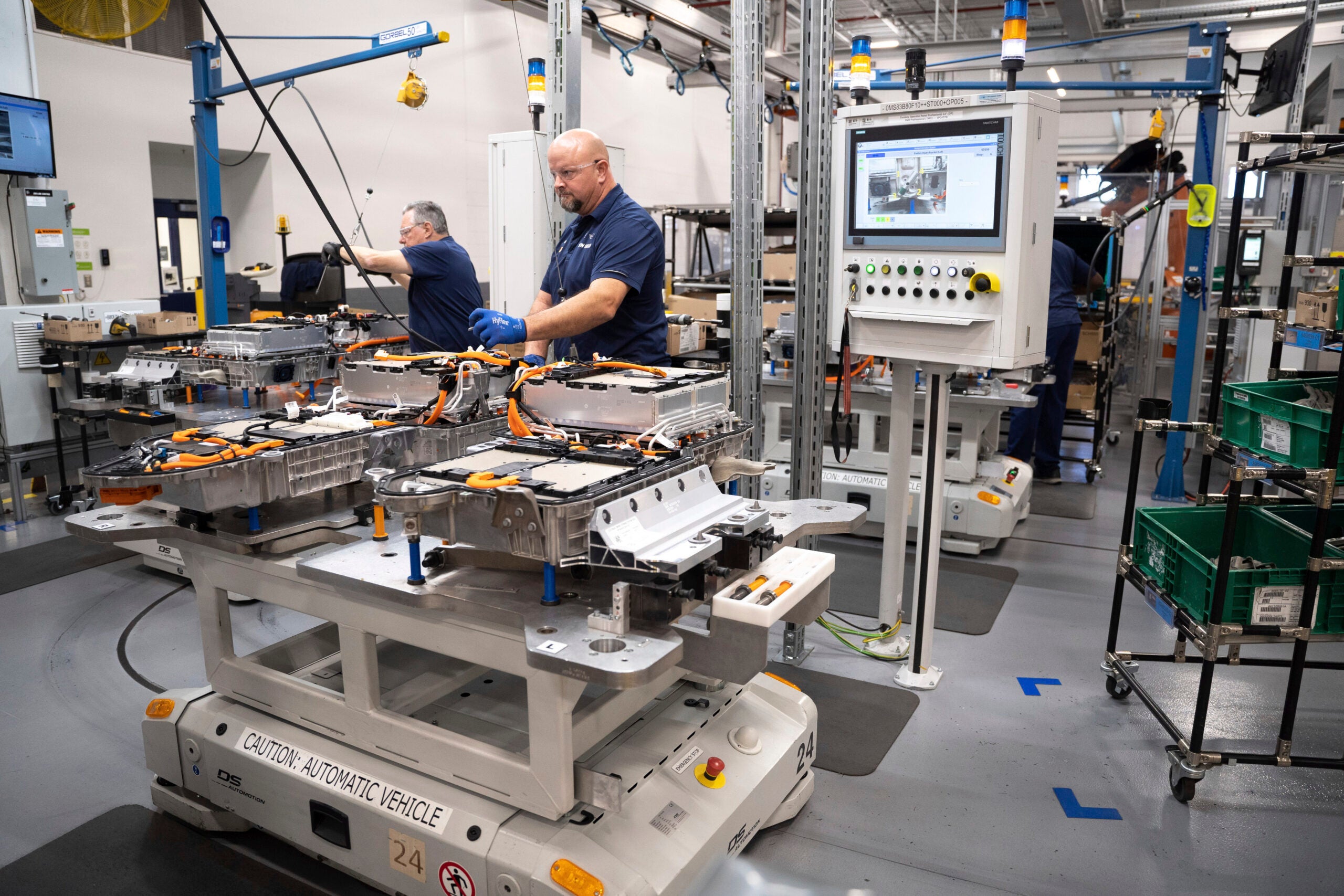Wisconsin’s labor force set new records for jobs and low unemployment over the last year, but that doesn’t necessarily mean the economy is working for everyone.
Most wages didn’t keep up with inflation in 2022, labor force participation among Wisconsin women fell to its lowest levels since the late 1980s and the state’s unionization rate continues to decrease. That’s according to a new report, titled “The State of Working Wisconsin 2023,” from the COWS economic think tank at the University of Wisconsin-Madison.
Although there’s evidence that inflation is cooling, the report said a lack of state investment in child care could worsen female labor force participation while the state’s “right to work” law and Act 10 hamper unionization efforts.
News with a little more humanity
WPR’s “Wisconsin Today” newsletter keeps you connected to the state you love without feeling overwhelmed. No paywall. No agenda. No corporate filter.
The study aims to provide insight into how the economy is serving working Wisconsinites, rather than companies, said Laura Dresser, associate director of COWS and one of the report’s authors. She recently discussed the study on Wisconsin Public Radio’s “The Morning Show.”
“When we talk about the economy, we turn to business voices, we turn to corporate profit reports, and we turn to indicators of what’s happening on that side,” Dresser said. “But in a fundamental way, the question is what’s going on for workers? How are their jobs changing? How was their experience changing?”
Inflation cuts into median wages, but low-wage workers see a boost
When accounting for inflation, the state’s median wage in 2022 was the same as in 2019 at $22.02, the report said. That equates to roughly three years of lost wage growth, Dresser said.
“While wages went up substantially from 2021, the inflation rate was stronger,” Dresser said. “And so workers were left behind in terms of purchasing power.”
At the same time, the report said low-wage workers gained wage increases to stay ahead of inflation last year, reducing wage inequality in the state.
Dresser said the gains by low-wage workers are important because they’ve faced an “unsustainable job model” for a long time, with low pay, volatile hours and almost non-existent benefits.
The tight labor market as the economy recovered from the COVID-19 pandemic gave low-wage workers more power to bargain for better wages and benefits or find a new job with better pay and benefits, Dresser said.
“It’s the lower-wage workers who have done better in recent years relative to inflation and are doing better in this economy,” she said. “It isn’t to say that those workers aren’t facing incredible stress — especially with housing costs.”
Child care access affects labor force participation among Wisconsin women
Over the last 40 years, workforce participation among Wisconsin men has been declining while rising steadily among women between 1979 and 1999, the report said. But labor force participation among Wisconsin women has fallen in recent years.
In 2022, 59 percent of Wisconsin women were either working or looking for work, compared to 57 percent nationally, the report said. That marked the first time since the late ’80s where labor force participation among Wisconsin women fell under 60 percent.
“That drop has been especially intense since the pandemic,” Dresser said. “Wisconsin women (are) still more likely to work than the national level, but the gap is much smaller. And a lot of that closing has happened in the last few years.”
Dresser pointed to difficulty accessing affordable child care as one of the factors affecting labor force participation among women in the state. The report said decreased state investment in child care could exacerbate the issue.
“Women tend to take the lion’s share of childcare responsibilities … and we’re seeing that sector under incredible stress,” Dresser said. “Especially in Wisconsin in the last few years, we’re seeing some impact perhaps of that on women’s labor force participation.”
Union membership declines in Wisconsin more extreme than in neighboring states
Since 2011, the decline of union membership in Wisconsin has been the most extreme when compared to the state’s neighbors, the report said.
Unions went from representing 14.1 percent of workers in 2011 to 8 percent in 2022, while unionization nationally fell from 13 to 11.3 percent over the same period. That means Wisconsin’s decline was three times faster than nationally, the report said.
In neighboring Minnesota, unionization rates have remained relatively stable going from 15.8 percent in 2011 to 15.3 percent last year, the report said. Meanwhile, declines in Michigan and Illinois were consistent with decreases nationally. The report says Indiana and Iowa — both “right to work” states like Wisconsin — also saw “dramatic” declines, but Wisconsin’s decrease was “the most pronounced in the region.”
Dresser said Wisconsin’s decline in union membership is notable because unions help raise labor standards for the employees they represent and for other jobs throughout the economy.
“The threat of unionization, especially as the density of the union increases, begins to spill out into the economy so that other employers raise wages to avoid unionization,” she said. “Unions are the voice of that worker interest, and they’re the strongest and most organized voice. Politically, they matter. Whether it’s healthcare or wage regulation, unions make a big difference.”
Wisconsin Public Radio, © Copyright 2025, Board of Regents of the University of Wisconsin System and Wisconsin Educational Communications Board.






